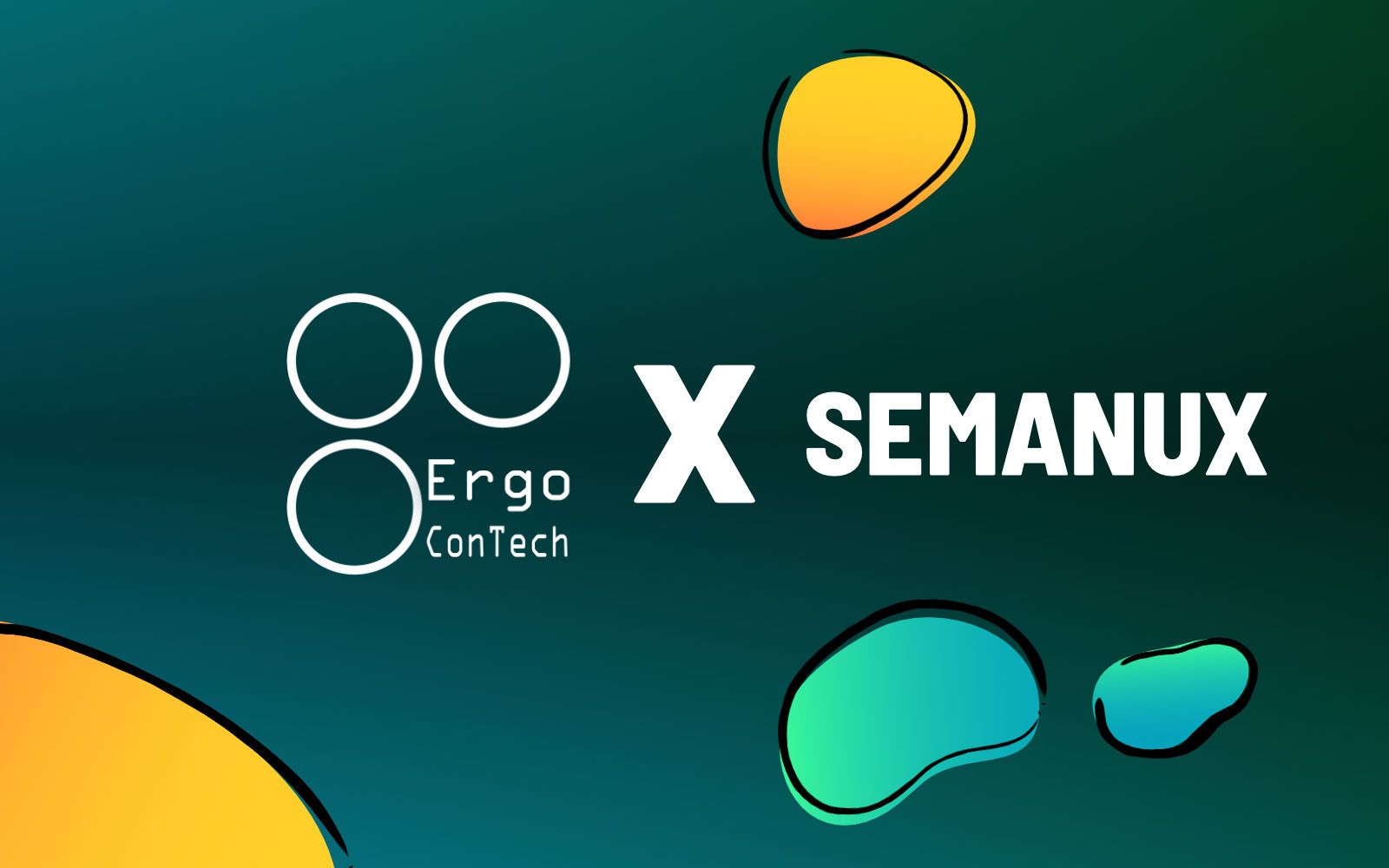Bruno designs independent communication for others
Semanux Access can also be used to control communication software such as Grid 3.
As an occupational therapist, Bruno works to ensure that people with speech problems and further disabilities can still communicate independently with family, friends and strangers. This can be achieved by entering text on an on-screen keyboard or selecting tiles with symbols such as Grid 3, Mind Express, or Eneso Verbo. Such problems can occur, for example, as a result of spinal cord injury, stroke or multiple sclerosis (MS).
Here he explains how Semanux Access is part of his customized solutions:
My name is Bruno Handgrätinger and I have been working in the assistive technology sector for over 25 years. At Humanelektronik GmbH, I advise and supply communication devices (including those with integrated environment control) in addition to various special product areas. As a trained occupational therapist, I attach great importance to finding customized solutions during consultation and testing. In the case of progressively ill and severely physically disabled customers, it is often not just the famous millimetre that counts, but several factors that have to be brought into harmony with each other in order to create a user benefit. Deviating as little as possible from known and familiar uses and applications helps to experience the use of an aid as an aid on various levels. Technology that uses intuitive behaviour to compensate for a lost ability minimizes the stress level and the necessary learning effort is reduced. This encourages use and thus the rapid use of the aid.
Bruno often uses head control in combination with facial expressions to enable people to operate the computer intuitively:
We turn (our head or even our whole body) to what we find interesting. Semanux Access records precisely this and uses it to control the mouse pointer. I was able to gain experience with the application as a beta tester long before the first version was released. What was even more impressive, however, was the openness and competence with which the Semanux team implemented requests from our experience. Today I was also able to test the triggering with sounds via microphone in version 1.4. This worked well after a short time and opens new doors for many of my customers. I'm already looking forward to further tests. In consulting practice, we always experience surprises when we meet in person. Behind the statements: "I can't do anything anymore." "... can no longer move ..." "The spasticity makes it impossible ..." "Speech is too slurred for voice control." For trained eyes, there are usually one or more ways to achieve very extensive possibilities. You need a whole toolbox and some experience to achieve the optimum for the customer. With the multitude of combinable options that Semanux Access offers and the respective fine-tunability, it has become one of my favorite tools.
We are particularly pleased that with Semanux Access we have become one of the important building blocks for Bruno' s individual solutions:
"You simply move the mouse pointer with your nose to where you want it to go ..." is quickly explained and after a few steps of customization it usually works as quickly as the user would like. In the following steps, possible ways of triggering the click are sought in order to expand the possibilities. So far, I have been able to find an individual advantage and a unique setting for each user. The users, with their very different goals and possibilities, were mostly enthusiastic about the ease of use. The large capture area and daylight capability not only make it easier for a care environment, but mobile customers can also simply move in front of the computer or communication device in a wheelchair, for example, and get started. The extensive flexibility can be used right from the start (e.g. to trigger the clicks differently in stressful situations) or follow changes in residual abilities step by step. For me, this gives me a pleasant sense of security for long-term beneficial care.
We have translated his testimonial from German to English for this blog post. You can find the original in the German variant of the blog post.
If you would like to try Semanux Access for yourself, you can now free of charge and without obligation test the Flex edition for two weeks!


